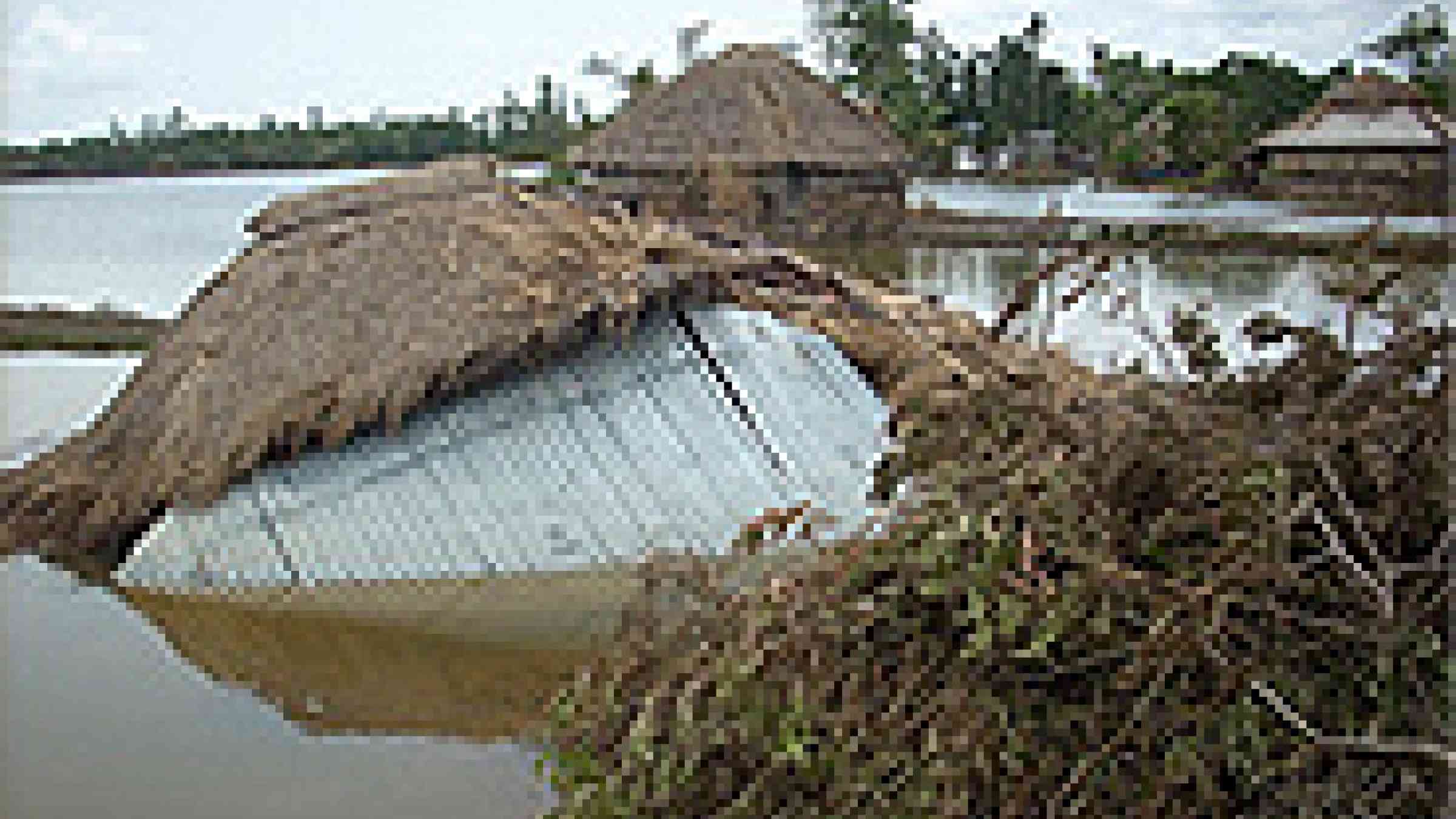
Asia, the continent most at risk for natural disasters, is also the most vulnerable to cyclones, experts say.
Each year an average of 119 million people globally are exposed to the threat of tropical cyclones, with more than 85 percent of the expected annual deaths in Bangladesh and India alone, and each of the top five most exposed populations - China, India, Japan, Philippines, Bangladesh - also in Asia.
"The impact of cyclones is much higher in Asia, compared to the US which is also hit frequently, because of the economic conditions and gaps in early-warning mechanisms," Senaka Basnayake, urban climate risks management specialist at the Asian Disaster Preparedness Centre, told IRIN in Bangkok.
These extreme weather systems, called cyclones in the Indian Ocean and southwestern Pacific Ocean, and typhoons in the northwestern Pacific Ocean, typically appear from May to November and are accompanied by torrential rains and wind speeds exceeding 119km per hour.
According to the UN International Strategy for Disaster Reduction (UNISDR), it is the combination of highly populated coastal areas and deltas and low human development rankings in many Asian countries that makes populations in this region particularly vulnerable.
Worst Asian cyclones:
2 May 2008 - Myanmar - Cyclone Nargis hit the Ayeyarwady Delta, leaving 140,000 dead or missing and destroying infrastructure, property and livelihoods in the Ayeyarwady and Yangon divisions. More than 2.4 million people across the country were affected.
29 April 1991 - Bangladesh - About 143,000 people died when Cyclone 02B hit the southern coast with a 4.6m tidal surge, leaving as many as 10 million homeless.
5 August 1975 - China - Typhoon Nina killed more than 100,000 and destroyed 100km of railways, causing US$1.2 billion in economic damage.
12 November 1970 - East Pakistan/Bangladesh - Termed the "greatest tropical system disaster of the century" by the US National Oceanic Atmospheric Administration (NOAA), Cyclone Bhola swept the low-lying areas of the Bengal coast, destroying the city of Chittagong, dozens of villages, and killing upwards of 500,000 people. The government was criticized for its handling of relief operations. Popular dissatisfaction contributed to the outbreak of the civil war in 1971, which led to a war with India and the formation of Bangladesh.
16 October 1942 - India - A cyclone hit the Bay of Bengal near the India-East Pakistan border, killing 40,000.
2 August 1922 - China - Typhoon Swatow, accompanied by a tidal wave, hit Shantou, killing an estimated 50,000 people and devastating a large part of the Han River delta, carrying ships as far as 3.5km north.
August 1912 - China - Typhoon strikes the eastern coast killing 50,000.
15 September 1881 - Vietnam - The city of Haiphong in the Gulf of Tonkin, one of the most frequent paths for Asia's Pacific typhoons, was devastated, with 300,000 deaths.
5 October 1864 - India - A powerful cyclone hit Calcutta, killing 60,000 and destroying most of the harbour.
25 November 1839 - India - A cyclone with 12m waves hit Coringa, destroying 20,000 ships and killing an estimated 300,000 people.
Sources: WMO, NOAA, EMDAT
cm/ds/mw